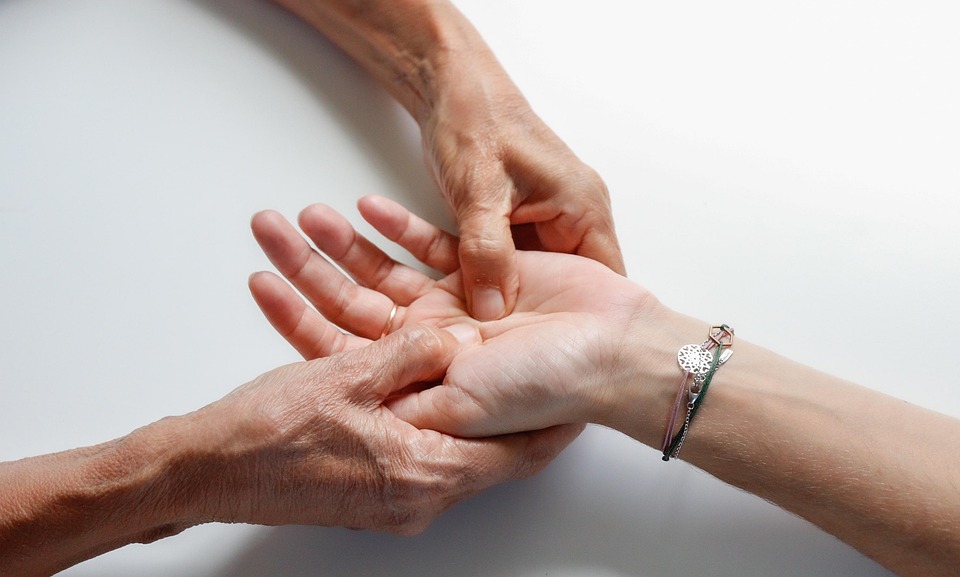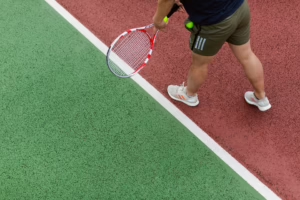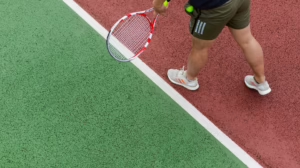Unlocking Wellness: The Power of Pressure Point Techniques
Introduction
In an increasingly fast-paced world, the quest for health and wellness is more relevant than ever. People are turning to various methods to manage stress, alleviate pain, and enhance their overall well-being. One such method that has gained attention is the practice of pressure point techniques, often rooted in ancient therapies. This article explores the principles behind these techniques and their applications in modern wellness.
Understanding Pressure Points
What Are Pressure Points?
Pressure points—or acupoints—are specific areas on the body that can influence physical and emotional health. They are primarily associated with practices like acupuncture and acupressure, which aim to balance the body’s energy flow or Qi (pronounced "chee"). Each pressure point corresponds to different organs and systems, impacting various aspects of health.
The Science Behind Pressure Points
While traditional Chinese medicine (TCM) emphasizes the flow of Qi, modern research supports the idea that stimulating certain points can trigger biochemical responses. Studies have shown that pressure point techniques can activate the nervous system, releasing neurotransmitters and hormones that promote relaxation and pain relief[1].
Historical Context
Traditional Chinese Medicine
The use of pressure point techniques dates back thousands of years in traditional Chinese medicine. Practitioners believe that a balanced flow of Qi is vital for good health. Obstructions in this flow can lead to illness, and pressure point therapies aim to unblock and direct this energy.
Emergence in Western Medicine
In recent years, the Western world has begun to embrace these ancient techniques. Acupuncture, in particular, has gained popularity, being recognized as an effective treatment for various conditions, including chronic pain, anxiety, and insomnia[2].
Types of Pressure Point Techniques
Acupuncture
Acupuncture involves inserting fine needles into specific acupoints to stimulate healing. Though it may seem daunting, many find it incredibly effective for pain management and emotional regulation. The insertion of needles is believed to balance Qi by unblocking obstructions.
Acupressure
Acupressure, on the other hand, applies pressure to these same points without needles. This method can be practiced independently, making it accessible to anyone interested in exploring wellness techniques at home.
Shiatsu
Originating in Japan, Shiatsu combines acupressure and massage techniques. Practitioners use rhythmic pressure on acupoints, resulting in relaxation and improved circulation, along with stress relief.
Reflexology
Reflexology is a specialized form of acupressure that focuses on specific reflex points in the hands and feet. These correspond to different body organs and systems. By stimulating these areas, practitioners aim to promote overall wellness[3].
Benefits of Pressure Point Techniques
Pain Relief
One of the most well-documented benefits of pressure point techniques is pain relief. Research supports their efficacy in treating chronic pain conditions, including arthritis, headaches, and back pain. A study published in the Archives of Internal Medicine found that acupuncture significantly reduced chronic pain compared to traditional treatments[4].
Stress Reduction
Many individuals turn to pressure point techniques as a way to alleviate stress. By stimulating relaxation responses in the body, acupressure and acupuncture can lower cortisol levels and promote a sense of calm. Some people find that regular sessions enhance their ability to manage everyday stressors.
Improved Sleep Quality
Poor sleep can significantly affect overall health. Pressure point techniques can improve sleep quality by promoting relaxation and decreasing anxiety. Some studies suggest that acupuncture may help regulate sleep patterns, enabling deeper and more restorative sleep[5].
Enhanced Digestion
Certain pressure points correspond to the digestive system. Stimulating these points can alleviate symptoms of indigestion, bloating, and constipation. For individuals suffering from gastrointestinal issues, pressure point techniques offer a natural approach to management.
Applying Pressure Point Techniques
DIY Acupressure Techniques
Many pressure point techniques can be performed independently at home. Here’s a simple guide for applying acupressure:
- Locate the Point: Identify the pressure point related to your condition.
- Apply Pressure: Using your fingers or a small tool, apply firm pressure to the point. Hold for 1-3 minutes, breathing deeply.
- Repeat as Needed: You can use this technique several times a day for ongoing relief.
Self-Care Routine Ideas
Incorporating pressure point techniques into a self-care routine can amplify the benefits. Consider these ideas:
- Morning Wake-Up: Start the day by stimulating energy-enhancing points to boost alertness.
- Midday Refresher: Use acupressure to relieve tension during your lunch break.
- Evening Wind Down: Stimulate relaxation points before bedtime to promote better sleep.
Pressure Point Techniques for Common Issues
Headaches
- GV 20 (Baihui): Located on the top of the head, this point can reduce headache severity.
- LI 4 (Hegu): Found on the hand between the thumb and index finger, applying pressure can alleviate tension headaches.
Stress and Anxiety
- PC 6 (Neiguan): Located on the inner forearm; press this point for anxiety relief.
- Yintang: Found between the eyebrows, gentle pressure here can induce relaxation.
Digestive Issues
- ST 36 (Zusanli): Located below the knee, this point is beneficial for digestive health.
- SP 6 (Sanyinjiao): Found on the inner ankle, applying pressure can relieve bloating and discomfort.
Safety and Considerations
While pressure point techniques are generally safe, certain precautions should be taken:
- Consult Healthcare Providers: Individuals with chronic conditions, pregnant women, or those taking medications should consult with healthcare providers before starting any new wellness practices[6].
- Listen to Your Body: It’s essential to listen to your body and avoid over-stimulation, especially if you feel pain.
- Quality Over Quantity: A few minutes of focused pressure is often more effective than prolonged sessions.
Integrating Pressure Point Techniques into Holistic Practices
Mind-Body Connection
Pressure point techniques complement other holistic practices like yoga, meditation, and mindfulness. Together, they create a comprehensive approach to wellness that addresses both physical and emotional well-being. Regular practice can foster a greater connection to the body and improve one’s quality of life.
Nutrition and Lifestyle Factors
A holistic approach also includes nutrition and lifestyle. Eating a balanced diet, engaging in regular physical activity, and managing stress levels will enhance the effectiveness of pressure point techniques.
Future Directions and Research
Increased Acceptance
As pressure point techniques continue to gain traction in Western medicine, ongoing research will further validate their benefits. More randomized controlled trials are needed to establish standardized treatment protocols.
Integration into Mainstream Healthcare
The integration of these techniques into mainstream healthcare could lead to more comprehensive treatment plans that incorporate both traditional and modern approaches to wellness. Some healthcare providers are already beginning to offer acupuncture as part of pain management programs.
Technology and Pressure Point Techniques
With advancements in technology, tools such as apps and wearable devices could assist in teaching self-care techniques. Virtual consultations may also enable wider access to practitioners and resources.
Conclusion
Pressure point techniques embody a remarkable intersection of ancient wisdom and modern wellness. Their potential benefits encompass pain relief, stress reduction, and enhanced overall health. As we cultivate awareness and understanding, these techniques can empower individuals to take charge of their well-being, unlocking a pathway to a healthier, more balanced life.


























Add Comment